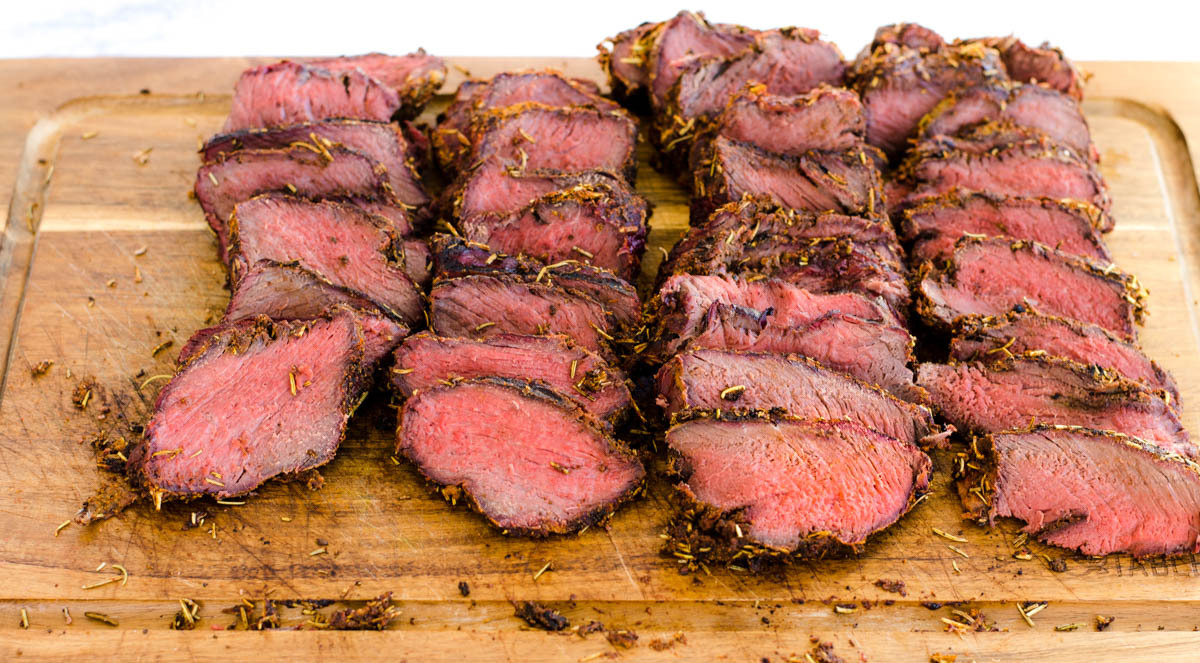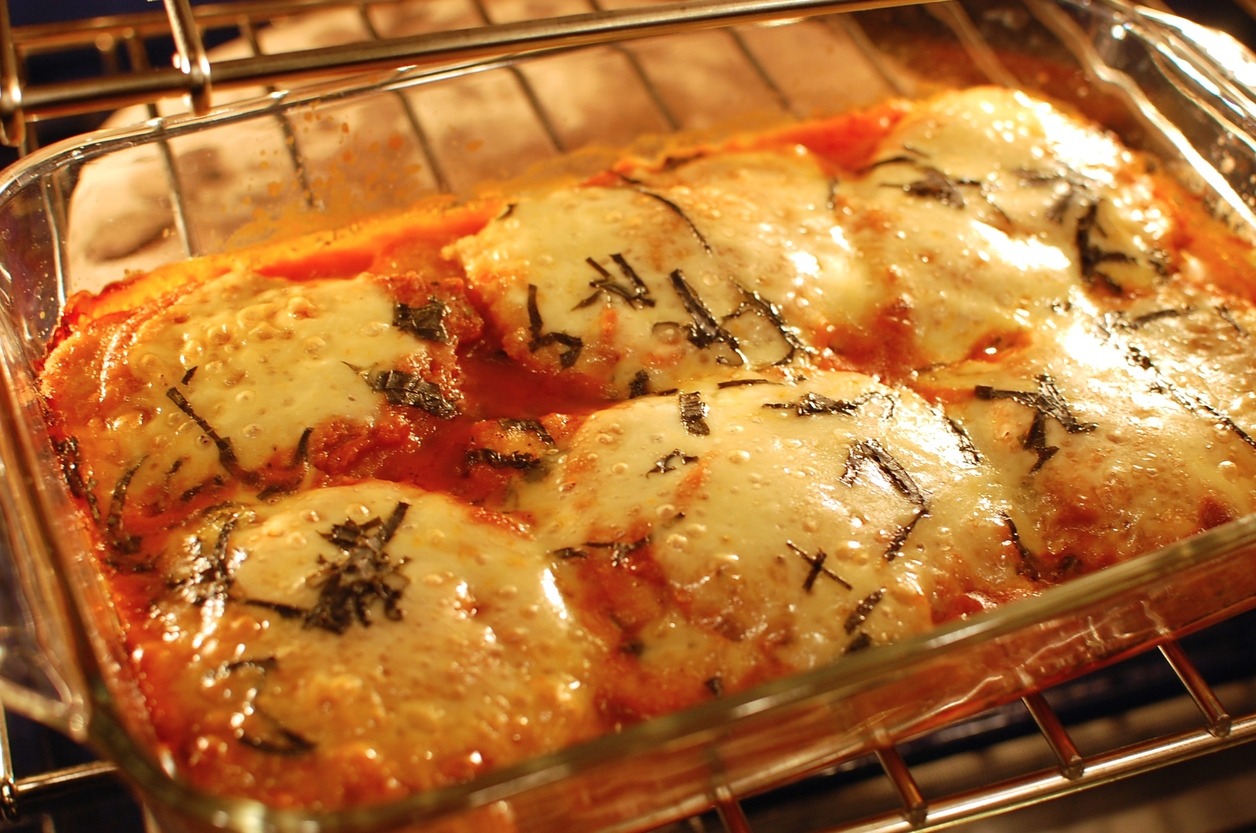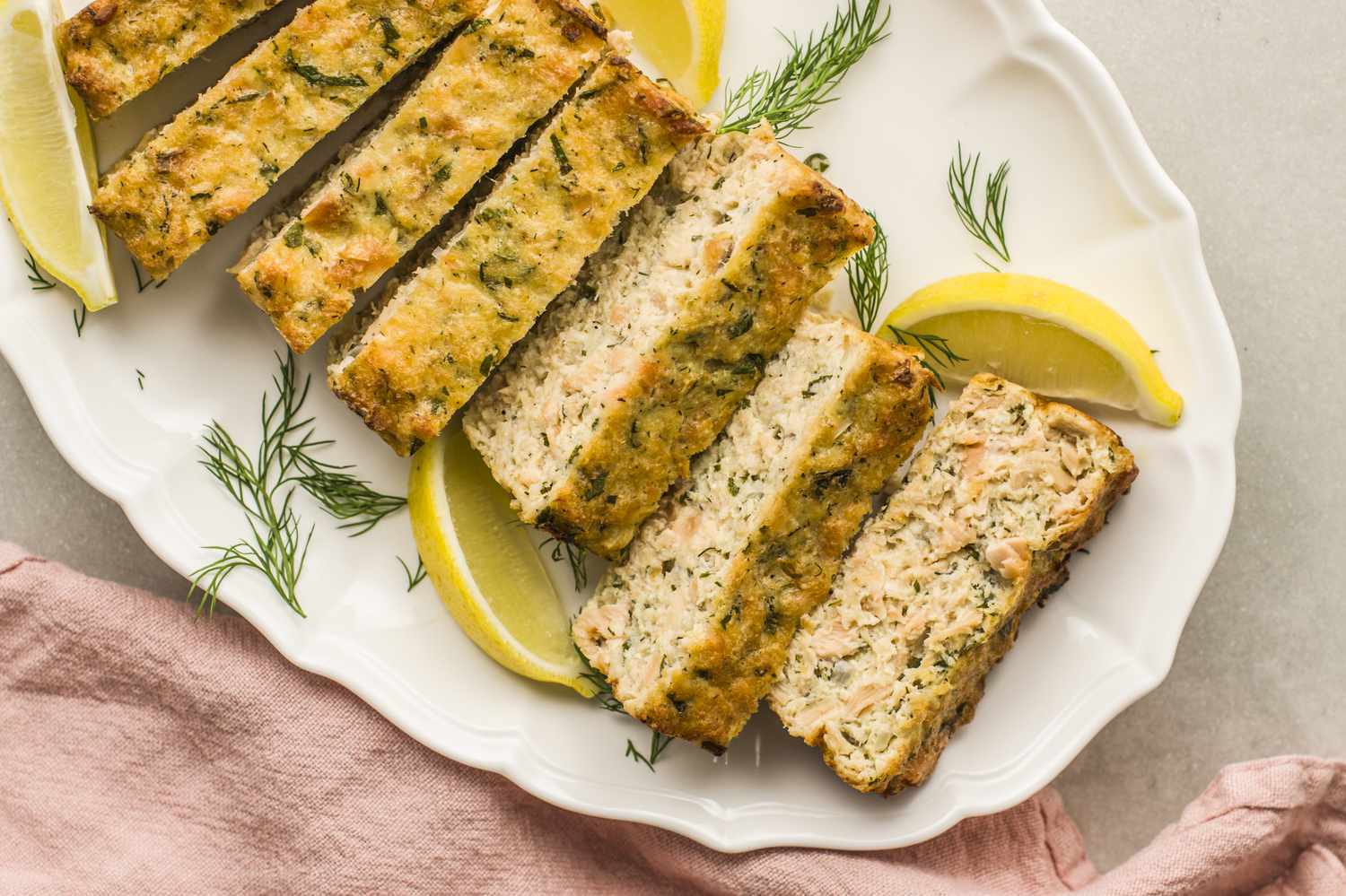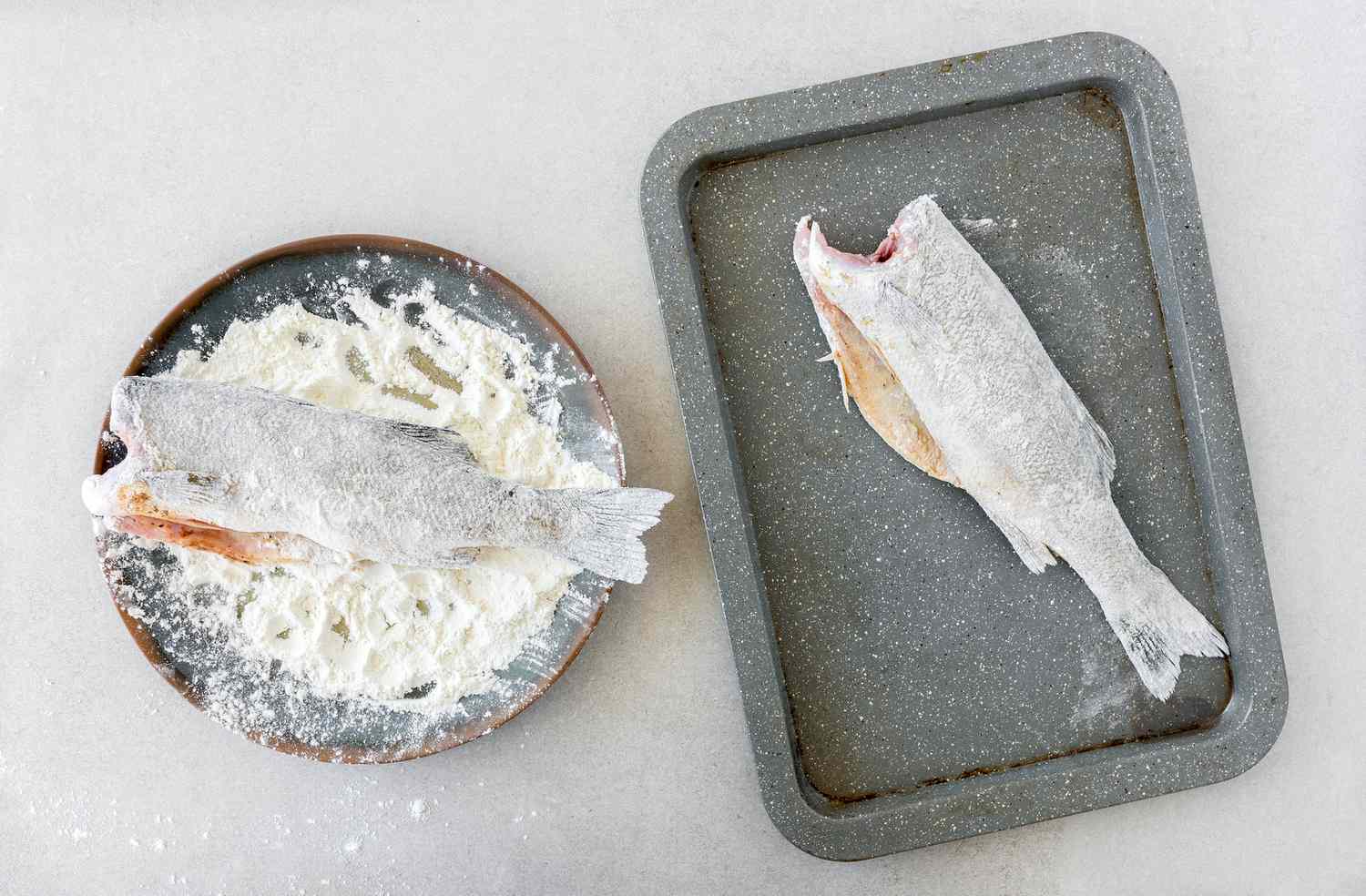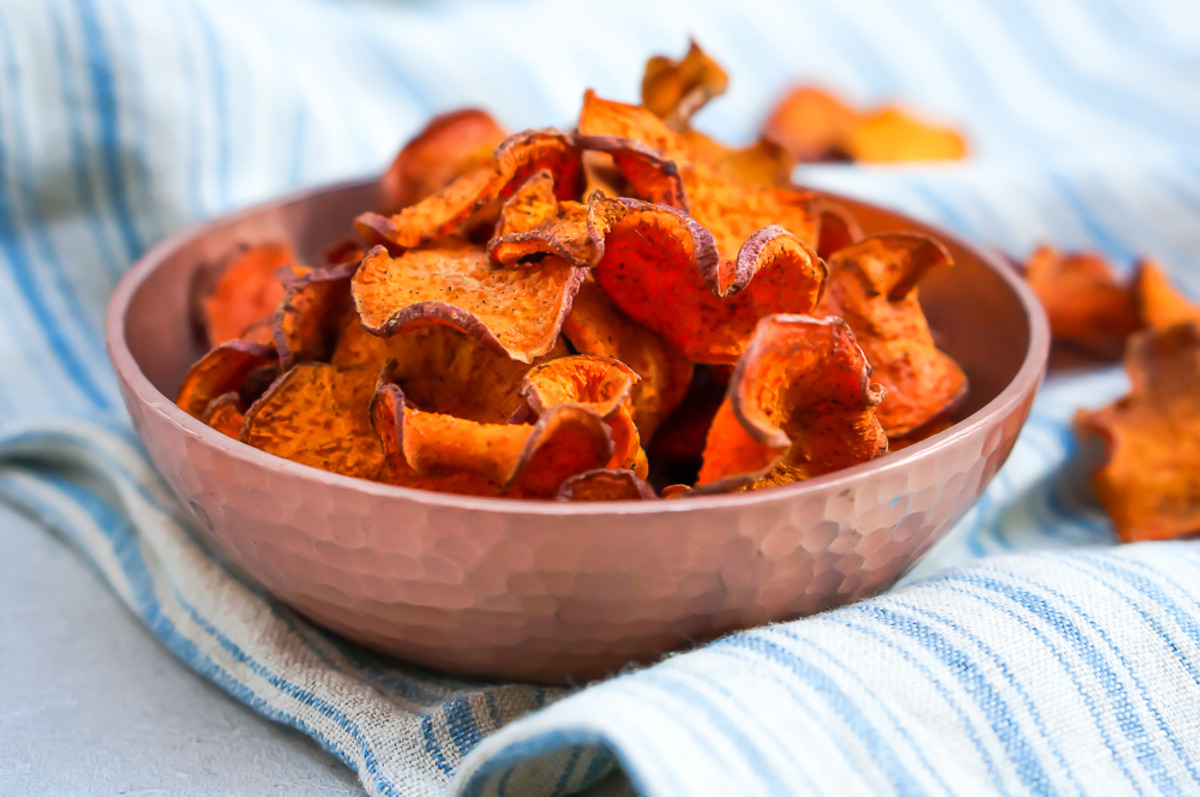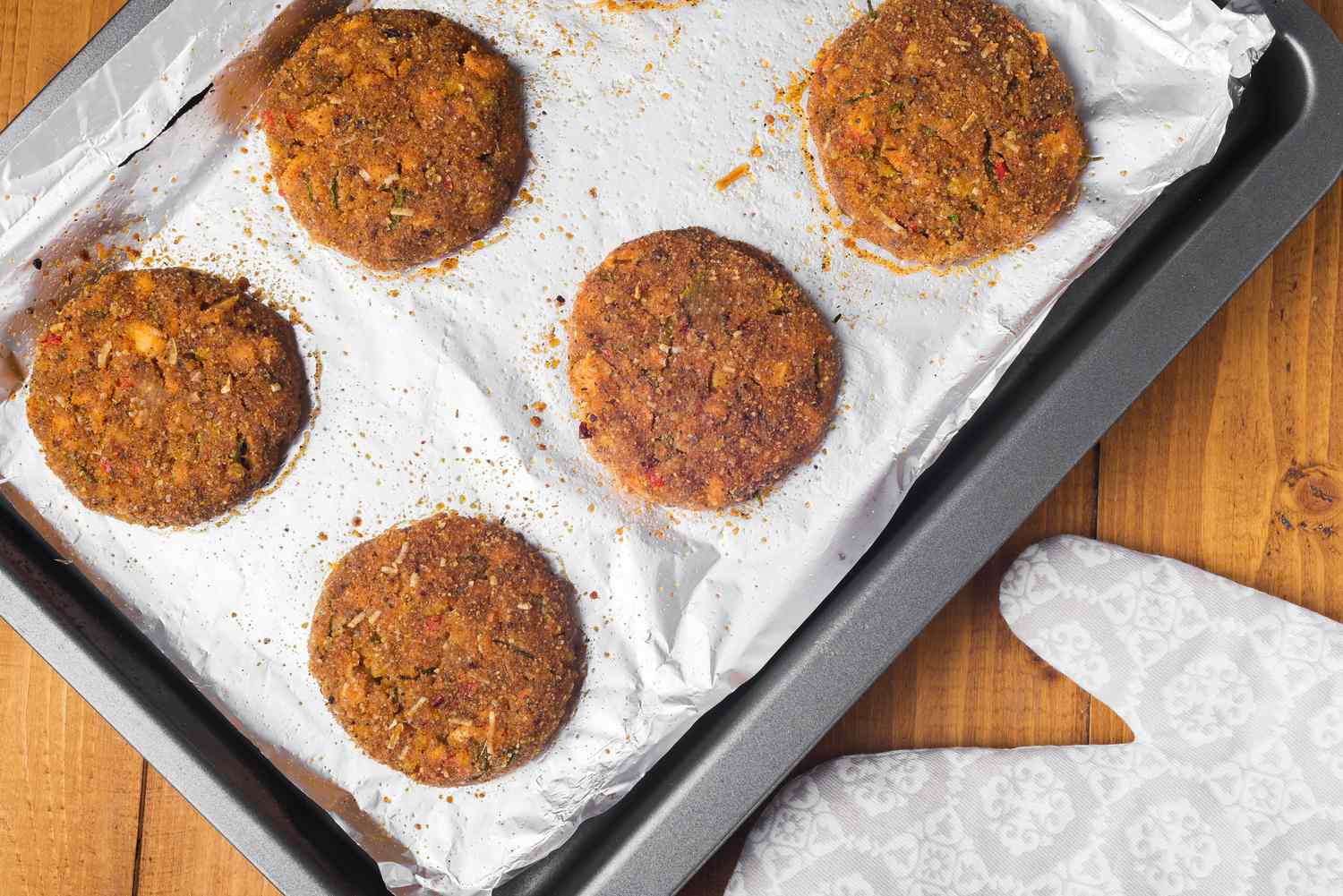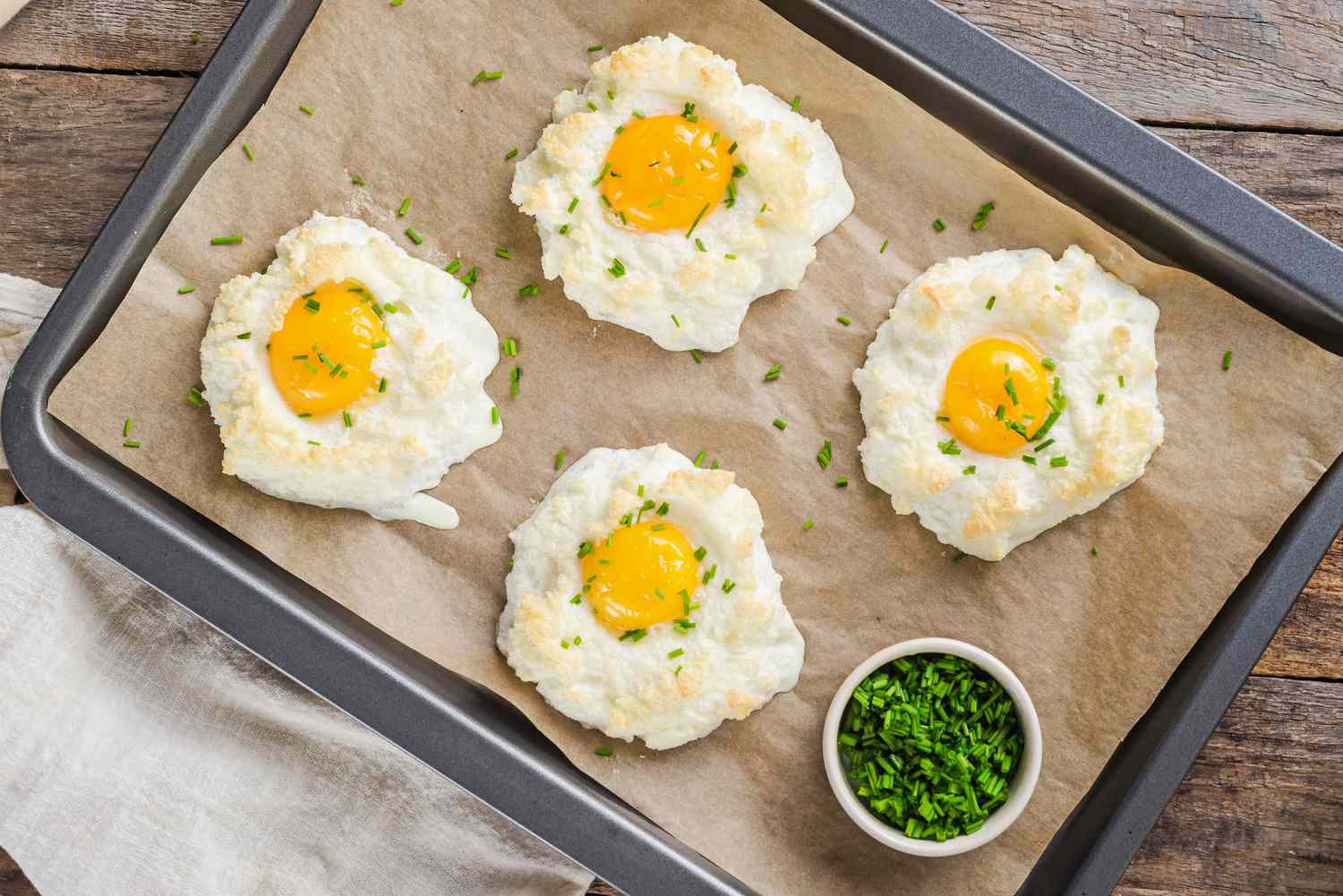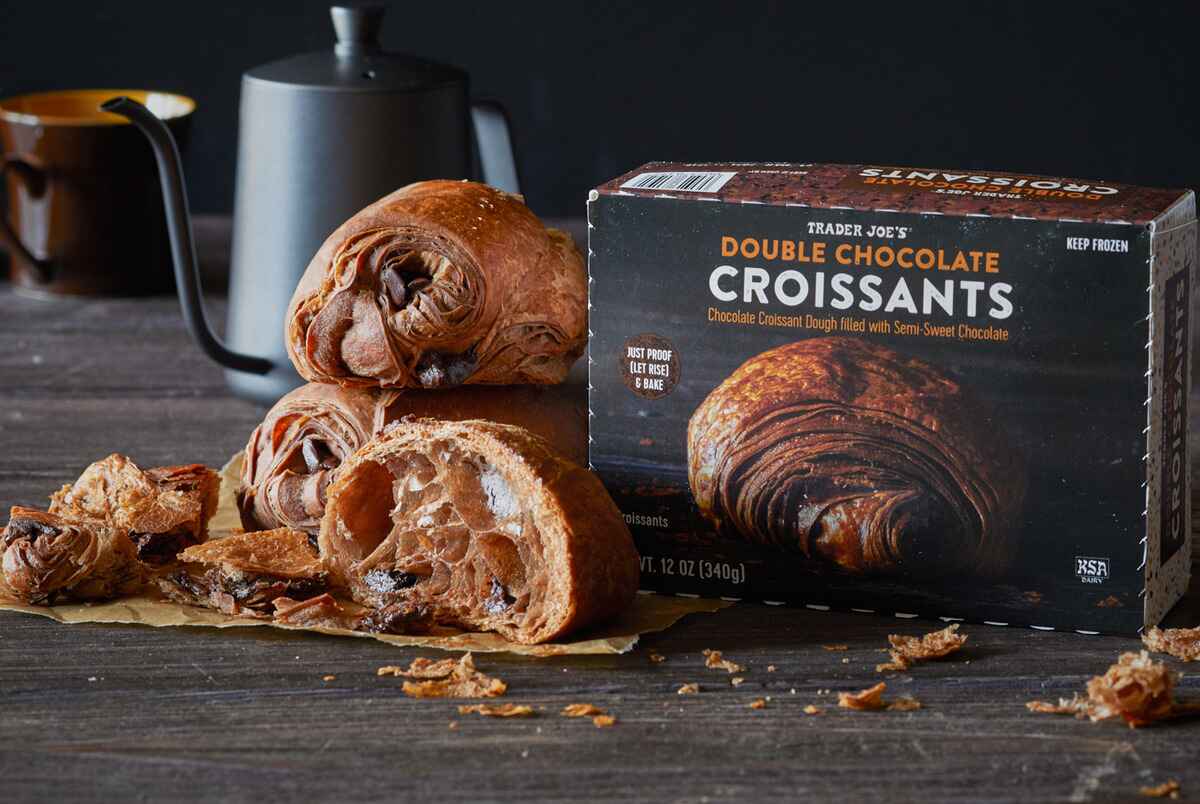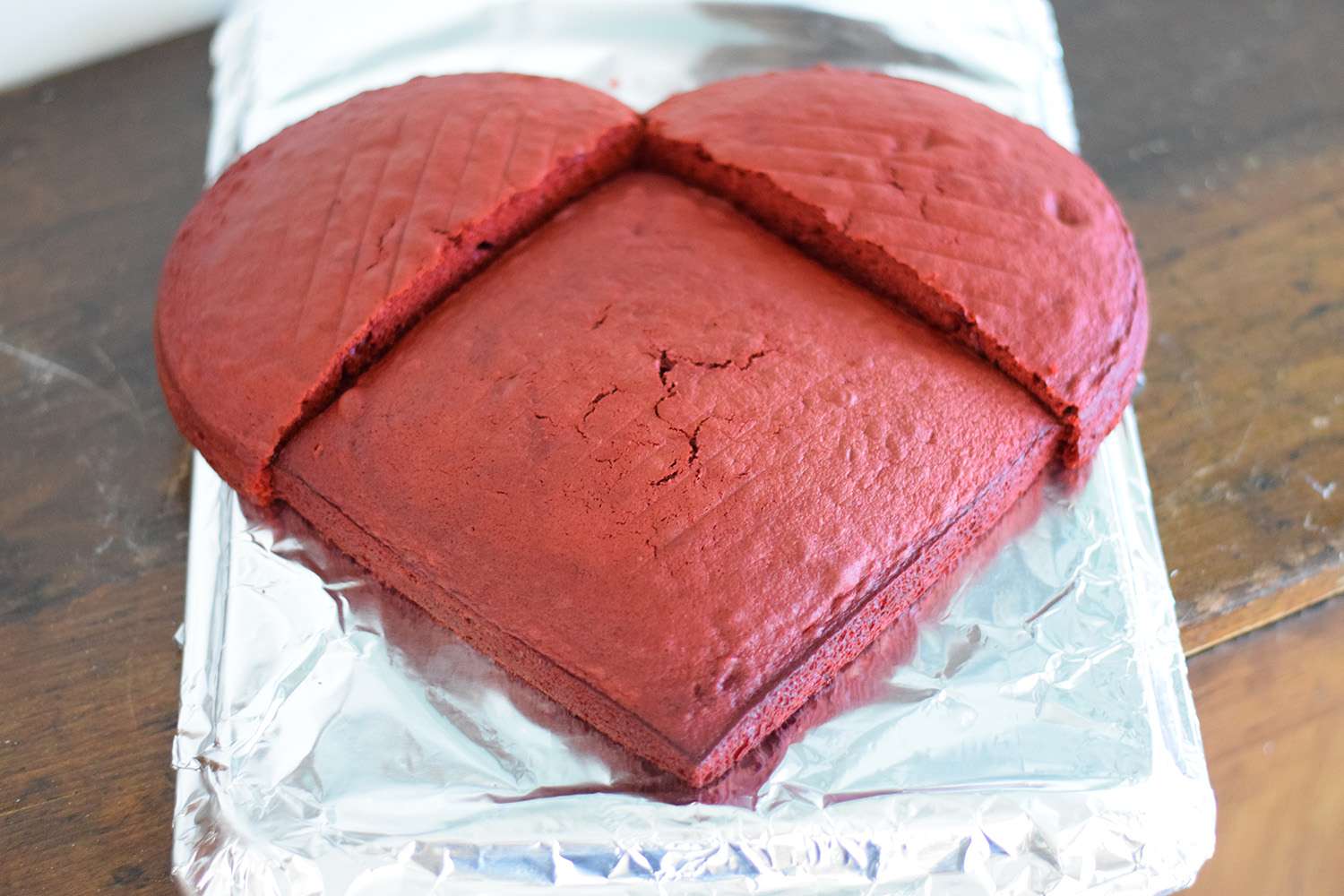Do Buttermilk Substitutes Work In Baking?
When it comes to baking, buttermilk is a beloved ingredient that adds moisture, tanginess, and tenderness to a variety of recipes. But what if you find yourself in a pinch and don’t have any buttermilk on hand? Is there a suitable alternative that can be used instead? Let’s explore some common buttermilk substitutes and see if they hold up in the world of baking.
Vinegar and Milk
One popular buttermilk substitute is a simple mixture of vinegar and milk. To make this substitute, combine one tablespoon of vinegar, such as white vinegar or apple cider vinegar, with one cup of milk. Let the mixture sit for a few minutes so that the milk can curdle, creating a similar texture and tanginess to buttermilk.
Result: This substitute works well for baking recipes that call for buttermilk. The acidity from the vinegar helps activate baking powder or baking soda, contributing to the rise and texture of your baked goods.
Lemon Juice and Milk
An alternative to vinegar is using lemon juice. Mix one tablespoon of lemon juice with one cup of milk and let it sit for a few minutes. The lemon juice will mimic the tanginess of buttermilk and create a similar reaction when combined with baking ingredients.
Result: Like the vinegar and milk mixture, lemon juice and milk work as a suitable alternative for baking recipes that require buttermilk. The acidity helps in creating soft and fluffy baked goods.
Yogurt or Sour Cream
If you have yogurt or sour cream in your fridge, you can use them as buttermilk substitutes. Simply measure out the same amount of yogurt or sour cream as the recipe calls for buttermilk.
Result: Yogurt and sour cream both have a tangy flavor and a thick consistency, which makes them a great choice for replacing buttermilk. Just make sure to adjust the amount of other liquid ingredients in the recipe, as yogurt and sour cream are not as liquidy as buttermilk.
- Retail
- Ecommerce
Buttermilk Powder
Buttermilk powder is a convenient option to have on hand if you often find yourself without buttermilk. It is made by dehydrating buttermilk and can be reconstituted with water to create a liquid form.
Result: Buttermilk powder works well as a substitute in baking recipes. Just follow the instructions on the package to reconstitute it with water, and you’ll have a reliable buttermilk substitute.
Non-Dairy Milk Alternatives
If you follow a dairy-free or vegan lifestyle, fear not! There are several non-dairy milk alternatives available that can be used as substitutes for buttermilk in baking.
- Almond milk
- Soy milk
- Coconut milk
- Oat milk
- Rice milk
Result: Non-dairy milk alternatives work well in recipes that call for buttermilk. Choose a non-dairy milk that has a neutral flavor, and if possible, opt for unsweetened versions to avoid altering the taste of your baked goods.
In conclusion, when you’re faced with a recipe that requires buttermilk but don’t have any on hand, don’t panic! There are several effective substitutes that can be used in baking, including vinegar and milk, lemon juice and milk, yogurt or sour cream, buttermilk powder, and non-dairy milk alternatives. So go ahead, get creative, and continue baking delicious treats even without buttermilk!
